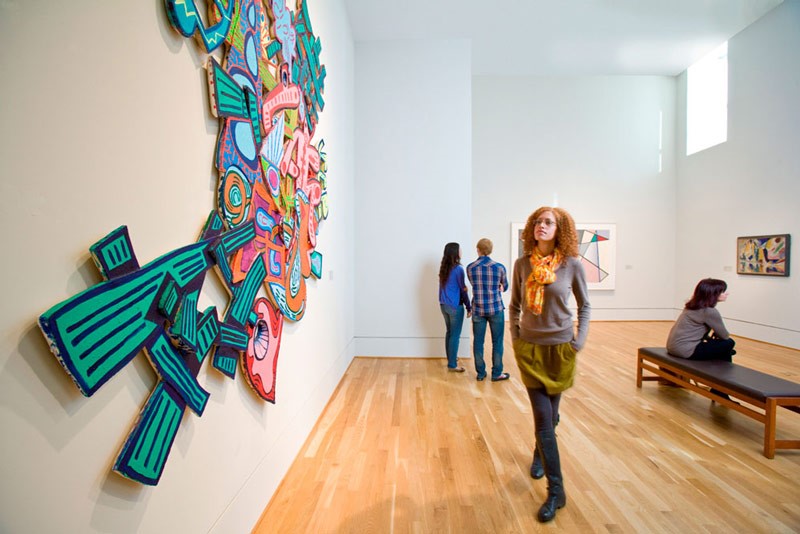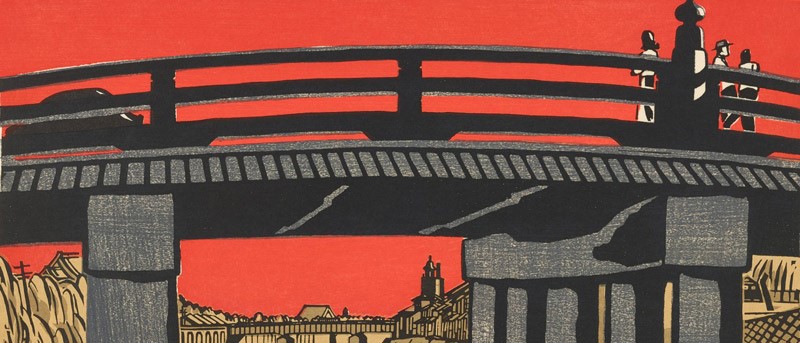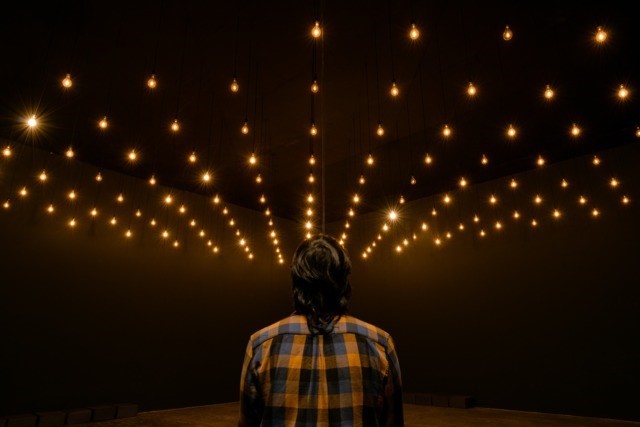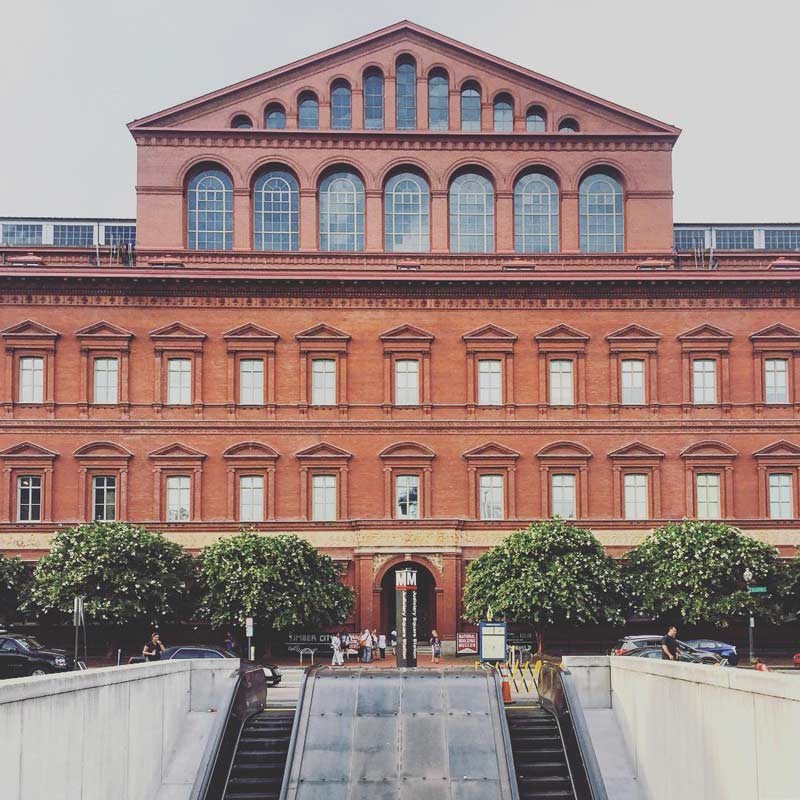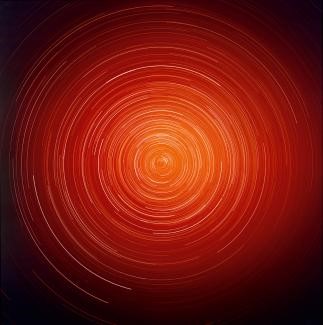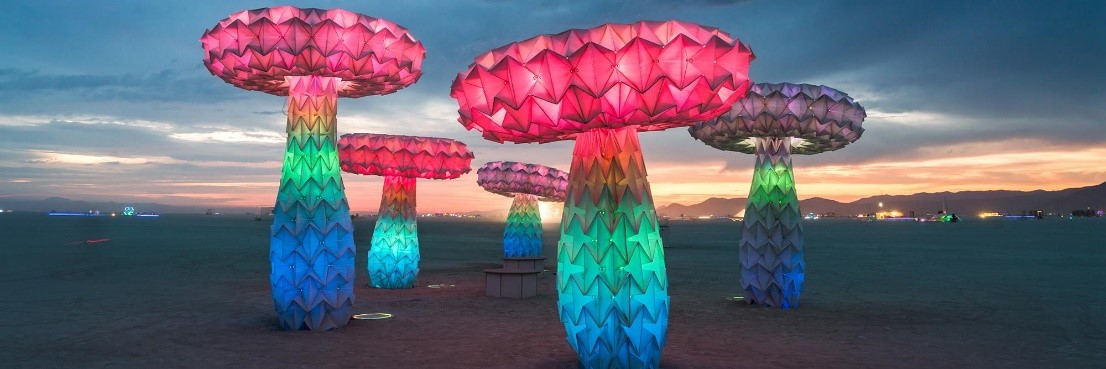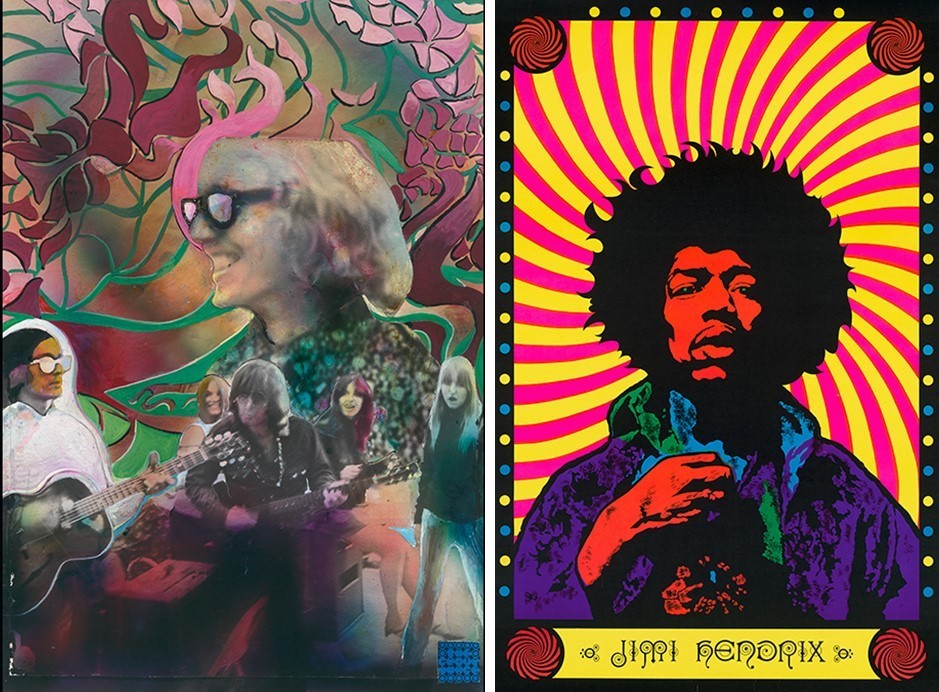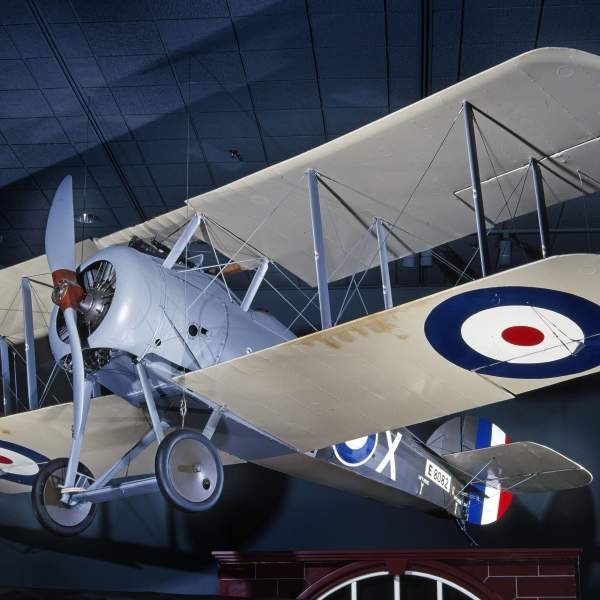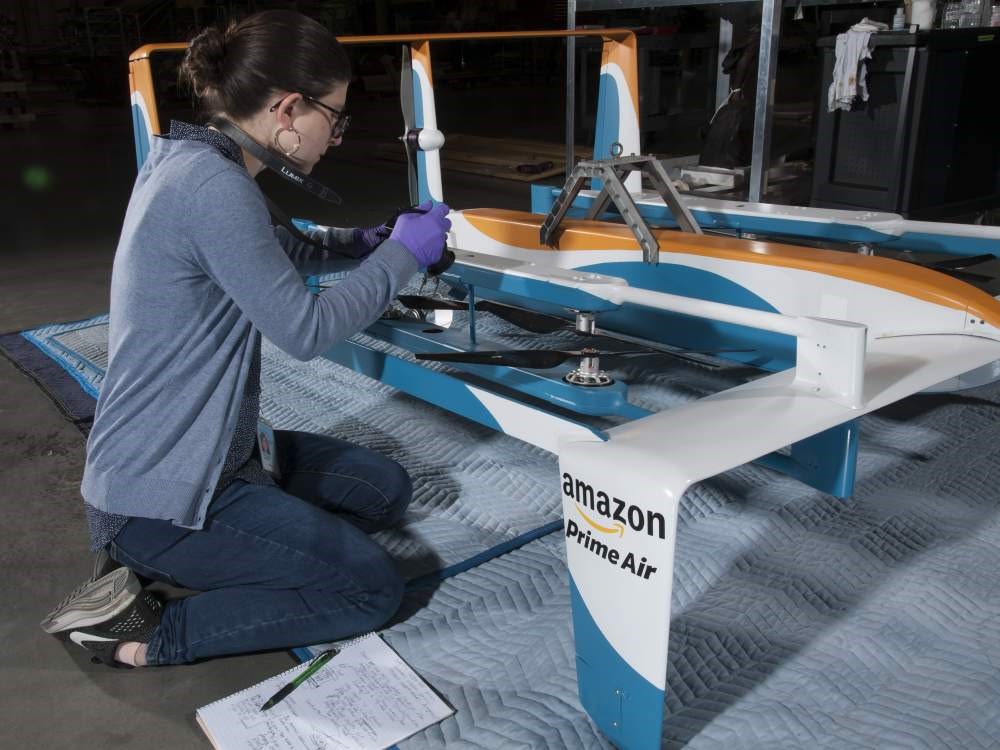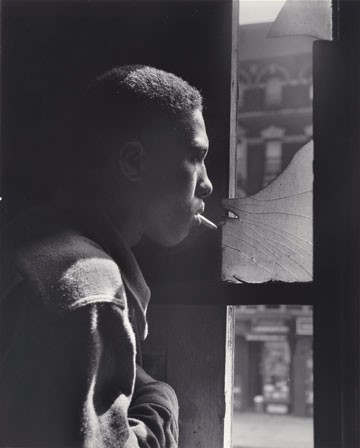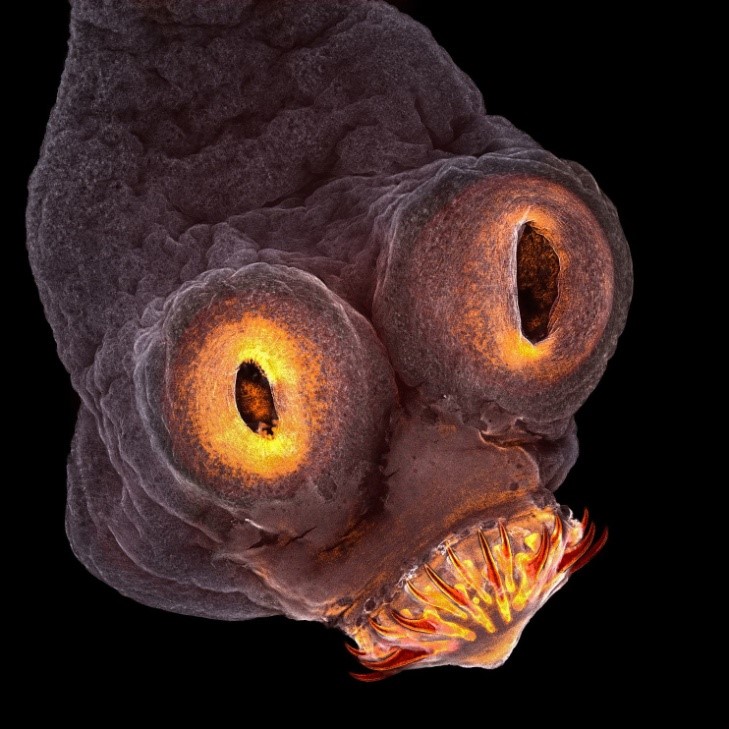by Bruce Schaefer
Following are a number of photography-related exhibits and events occurring now, or soon, in the extended Washington D.C. area. These include gallery and museum exhibits, college exhibits, special events, and sometimes exhibits or events to photograph yourself.
THE PHILLIPS COLLECTION
1600 21st Street NW, Washington, DC 20009
‘Intersections: Richard Tuttle’ – Sept. 13 – Dec. 30
As part of its Intersections series, The Phillips Collection hosts an epic installation from renowned American artist Richard Tuttle. It Seems Like It’s Going to Be will take up the entire second floor of the original Phillips House galleries, merging Tuttle’s 41-verse poem with 41 pieces of art that he created for each verse.
Admission: $10 – 12
SMITHSONIAN FREER GALLERY OF ART and the ARTHUR M. SACKLER GALLERY
1050 Independence Ave SW and 1050 Independence Ave SW, Washington, DC
“Japan Modern: Prints in the Age of Photography and
Photography from the Gloria Katz and Willard Huyck Collection”
Two simultaneous exhibitions that chart the interplay between Japanese photography and printmaking during the late 19th and early 20th centuries. The emergence of photography threatened to kill off Japan’s traditional woodblock-printmaking industry, but it recovered thanks to photography-influenced neo-romantic and neo-abstraction works.
The exhibition of prints is paired with one of roughly 70 photographs made from the 1930s to the 1980s, along with photobooks and experimental films. The photographs, by such prominent names as Shōmei Tōmatsu and Daido Moriyama, range from landscapes to documentary images to more conceptual work.
Sept. 29 to Jan. 21, 2019. Free.
NATIONAL LAW ENFORCEMENT MUSEUM
444 E St. NW – Washington, DC 20001
“Five Communities: Cleveland, Dallas, Chicago, Somerville, Mass. and Charleston, S.C.”
The National Law Enforcement Museum opened its doors to the public for the first time with a Community Day on Oct. 13. This new edition to DC’s renowned lineup of museums memorializes American law enforcement in the appropriate location of Judiciary Square. More than 20,000 objects will tell the story of this country’s law enforcers, including the past, present and future.
Its first changing exhibition highlighting grassroots efforts to strengthen relationships between law enforcement and the communities they serve. The exhibit, entitled Five Communities, will provide visitors a look at specific programs developed in Cleveland, Dallas, Chicago, Somerville, Mass. and Charleston, S.C.
The 2,000 square foot exhibition is located inside the Museum’s DuPont Gallery, will use striking original photography, text, and interactive elements to explore innovative ways in which communities have worked to improve the connection between police departments and community members.
Admission: $15 – $22
HIRSHHORN MUSEUM AND SCULPTURE GARDEN
Independence Ave SW & 7th St SW – Washington, DC
‘Rafael Lozano-Hemmer: Pulse’ – Nov. 1 – April 28, 2019
In Macario, a surrealist 1960 film by Roberto Gavaldón, a starving woodcutter makes a deal with Death. It goes badly, as these things do, and when his time is up, the craftsman meets Death in a cave filled with candles representing the lives of people, their shimmering souls. Rafael Lozano-Hemmer has recreated the scene with “Pulse” (2006). A piece that graced the Mexican Pavilion at the Venice Biennale, “Pulse” comprises 300 incandescent light bulbs suspended overhead.
The installation is interactive: A viewer touches a sensor interface, which registers his or her heartbeat and transmits it to the nearest light bulb, which then flashes to the same rhythm. With every new viewer who registers their heart rate, the sequence moves forward by one bulb. So viewers can track their heartbeat signatures throughout the exhibition—or they can step back, taking in so many brief candles flickering bravely.
NATIONAL BUILDING MUSEUM
401 F Street NW, Washington, DC 20009
‘Flickering Treasures’ – Opens Nov. 17
The work of photographer Amy Davis colors this fascinating review of the place of movie theaters in the history of American culture, particularly their significance in the nearby city of Baltimore, Md. The Charm City was at the epicenter of the cinema scene during the 20th century, featuring more than 240 theaters since its first Nickelodeon opened in 1905. Flickering Treasures will explore how movie theaters serve as experiences, marvels of architecture, material culture and so much more.
GLENSTONE MUSEUM
12100 Glen Road – Potomac, Md.
Located just outside of DC in Potomac, Md., Glenstone Museum combines art, architecture and landscape to create a seamless, open museum-going experience that you would be hard-pressed to find anywhere else. Post-World War II art fills marvelously designed indoor and outdoor spaces on a 100-plus acre plot that also features paths, trails, streams and meadows. The museum had an exciting expansion on Oct. 4 that included an all-new building and new outdoor sculptures. Glenstone is open from Thursday – Sunday from 10 a.m. – 5 p.m., with visits scheduled on the hour. Make sure to book yours before you go: dc-guide-to glenstone-museum
Admission to the museum is always free. Due to the fragility of the works on view, visitors to Glenstone must be 12 or older and all minors (ages 12-17) must be accompanied by an adult at all times. While photography is not allowed inside the museum, guests can take photos of the outdoor artworks for their Instagram and for personal use. Glenstone does not allow the use auxiliary lighting, selfie sticks, drones, tripods or commercial photography of any kind.
The museum also wants to provide you with a relaxing environment fit for contemplation of its thought-provoking pieces of art, hence the scheduled visits. If you’re looking to be truly immersed in both mind and body during a museum-going experience, Glenstone is the perfect fit.
SMITHSONIAN AMERICAN ART MUSEUM
8th and F Streets, NW – Washington, DC
Diane Arbus: A box of ten photographs,
through Jan 21, 2019
through January 6, 2019
Inspired by the landscape tradition, Trevor Paglen captures the same horizon seen by American photographers Timothy O’Sullivan in the 19th century and Ansel Adams in the 20th. Only in Paglen’s photographs is the infrastructure of surveillance also apparent—a classified military installation, a spy satellite, a tapped communications cable, a drone, an artificial intelligence (AI).
A mid-career survey, this is the first exhibition to present Paglen’s early photographic series alongside his recent sculptural objects and new work with AI. With this presentation, SAAM is contributing to the important and ongoing conversation about privacy and surveillance in contemporary society.
RENWICK GALLERY
1661 Pennsylvania Avenue, NW – Washington, DC
No Spectators: The Art of Burning Man
Through January 21, 2019
Each year in Nevada’s Black Rock Desert, a city of 70,000 people rises out of the dust for a single week. The thriving temporary metropolis known as Burning Man is a hotbed of artistic ingenuity. Both a cultural movement and an annual event, Burning Man remains one of the most influential phenomenons in contemporary American art and culture.
The exhibition takes over the entire Renwick Gallery building and surrounding Golden Triangle neighborhood, bringing alive the maker culture and creative spirit of this cultural movement. Immersive room-sized installations, costumes, jewelry, and ephemera transport visitors to the gathering’s famed “Playa,” while selected photographs and archival materials from the Nevada Museum of Art’s show City of Dust: The Evolution of Burning Man trace Burning Man’s growth and its bohemian roots.
NATIONAL PORTRAIT GALLERY
8th and F Streets, NW – Washington, DC
One Year: 1968, An American Odyssey
Through May 19, 2019
A one-room exhibition that looks back at an extraordinarily important and memorable time in American history. The show relies on some 30 portraits to tell the story of 1968, the year when the Vietnam War reached a turning point, the Civil Rights Act was signed into law, and television sets displayed everything from the Olympic Games to the first manned orbit of the moon. Representations of Martin Luther King Jr., Robert F. Kennedy, Lyndon B. Johnson, and Richard M. Nixon will share the walls with portraits of cultural figures such as Peggy Fleming, Arthur Ashe, Aretha Franklin, Jimi Hendrix and Janis Joplin. Depictions of other significant personalities, notably the Apollo 8 astronauts, will round out the exhibit. The major artists who will be represented include Roy Lichtenstein, Irving Penn, George Tames, David Levine, Robert Vickrey, and Louis Glanzman.
NATIONAL AIR AND SPACE MUSEUM
Independence Avenue and 6th Street, SW – Washington, DC
Legend, Memory, and the Great War in the Air
Closing Fall/Winter 2018
This gallery features the emergence of air power in World War I and reexamines the reality and the romantic image of this war. Highlights include:
- Voisin VIII: early type of night bomber, 1915
- SPAD XIII: French fighter aircraft also used by Americans
- Fokker D.VII: considered the best German fighter aircraft of WWI
- Pfalz D.XII: built to replace the outdated Albatros D.Va
- Sopwith Snipe: British aircraft considered one of the best all-around single-seat fighters, although it came quite late in the war
- German factory scene: WWI mass-production techniques, with original equipment
- A model of the Spruce Goose and several artifacts related to its construction (outside the gallery)
NASM – STEVEN UDVAR-HAZY CENTER
14390 Air and Space Museum Parkway, Chantilly, VA
This exhibition will celebrate how the availability of different types of aircraft made it possible for a wide range of people to fly. It will take visitors through the many different forms of general aviation from aerobatics and air racing to gliders and ultralights to business aviation to agriculture and firefighting. Interactive elements will put visitors in the cockpit. Shown above: the Amazon Hybrid Delivery Drone.
NATIONAL GALLERY OF ART
Sixth Street and Constitution Avenue NW, Washington, DC
“Gordon Parks: The New Tide, 1940-1950”
Sun, Nov 4 – Feb 18, 2019
Within just a decade, Gordon Parks (1912–2006) grew from a self-taught portrait photographer and photojournalist in Saint Paul and Chicago to a visionary professional working in New York for Ebony and Glamour, before becoming the first African American photographer at Life magazine in 1949.
For the first time this lesser-known yet incredibly formative period of Parks’s career is the subject of an exhibition, Gordon Parks: The New Tide, Early Work 1940–1950. On view in the West Building of the National Gallery of Art, Washington, the traveling exhibition provides a detailed look at Parks’s early evolution through some 150 photographs, as well as rare magazines, newspapers, pamphlets, and books.
NIKON INTERNATIONAL SMALL WORLD COMPETITION, 2018
images-that-won-nikon-small-worlds-microscope-photography-contest
We know science is cool, but it can also be stunningly beautiful. Every year, Nikon Instruments celebrates the beauty seen under the microscope with the Nikon International Small World Competition, now in its 37th year. It is open to anyone with an interest in microscopy and photography. Experts judge the images based on originality, informational content, technical proficiency and visual impact. The winners were announced on Instagram (@NikonInstruments) this year.
Ongoing through June 2019
NEWSEUM
555 Pennsylvania Ave., N.W., Washington, DC
75 Years of the World’s Best Photography (through January 20, 2019)
A groundbreaking photography show featuring 70 years of award-winning images from the archives of Pictures of the Year International (POYi), one of the world’s oldest and most prestigious photojournalism competitions. These images depict the people and events that have defined our times, capturing war and peace, disaster and triumph, and the social and cultural shifts that have shaped the past 75 years. The pictures were selected from POYi’s archive of more than 40,000 photos, tracing the evolution of photojournalism from World War II to today.
Pulitzer Prize Photographs Gallery – Permanent display
“If it makes you laugh, if it makes you cry, if it rips out your heart, that’s a good picture.” — Eddie Adams, winner of the 1969 Pulitzer Prize for Spot News Photography
Photographers record the defining moments of our world and our time, capturing history through timeless images of fleeting moments. With the click of a button, vivid imagery documents the pain of poverty, the ecstasy of victory and the triumph of redemption.
This gallery — a visitor favorite — features the most comprehensive collection of Pulitzer Prize-winning photographs ever assembled, including photographs from every Pulitzer Prize-winning entry since 1942, when the award was first presented. The gallery is updated each year when new winners are announced in April.
The following museums are usually a good source of photography exhibits. These can be good locations for your own photographs too:
NATIONAL GEOGRAPHIC
1145 17th Street, NW – Washington, DC
Titanic: The Untold Story – through January 1, 2019
In the early hours of April 15, 1912, the R.M.S. Titanic, the largest, grandest ship of its time, struck an iceberg and sank beneath the North Atlantic Ocean, taking with it 1,500 souls. In 1985, Dr. Robert Ballard stunned the world when he announced he had found the Titanic. But how?
The true tale remained a classified secret until 2008, when he was able to reveal that he was actually on a top secret mission to conduct surveillance on two lost nuclear subs: the Thresher, which sank off the coast of Boston in 1963; and the Scorpion, which disappeared under suspicious circumstances near the Azores in 1968. The Navy needed a cover so Ballard’s activities wouldn’t draw suspicion. The perfect story? Searching for the Titanic.
Ballard struck a bargain. If there was time and money left over after he located and studied the Scorpion in the summer of 1985, he would actually look for the Titanic. The Navy never dreamed he and his colleagues would find the lost ship. With only 12 days to search, Ballard used lessons learned from the submarine wrecks to modify his tactics. He started looking for a debris field rather than the famous ship’s hull. Nine days later, the switch paid off. The Titanic was found.
National Geographic: Exploration Starts Here – Permanent exhibition
NatGeo’s greatest photographic cover art hits on display in one amazing exhibit.
—————————————————————————-
The National Geographic frequently has events and exhibitions related to photography. Check these out here: Events Exhibitions
MUSEUM OF THE BIBLE
400 4th St SW, Washington, DC 20024
Jerusalem and Rome: Cultures in Context in the First Century CE – through June 2019
The exhibit presents a selection of archaeological remains from the Land of Israel in the first century CE. They tell the story of the developments in this era and bear witness to the glory of Jerusalem during the reign of King Herod and the Roman procurators, examine the Great Jewish Revolt against Rome and the fall of Masada, and, finally, trace the continued existence of Judaism after the destruction of Jerusalem and its Temple, and the rise of Christianity.
The exhibit is courtesy of the Institute of Archaeology of the Hebrew University of Jerusalem.
THE NATIONAL GALLERY OF ART
Check out the current and upcoming exhibitions here:
WASHINGTON POST
Here is a link to the online Washington Post’s lists of D.C., Maryland, and Virginia photography-related exhibits and museums. I have found that the various photography-related exhibits appear in different parts of the online paper, making a simple search or link unreliable. You can search within
Photography section: Photography
Going Out Guide: Going Out Guide
Art Section: Art

